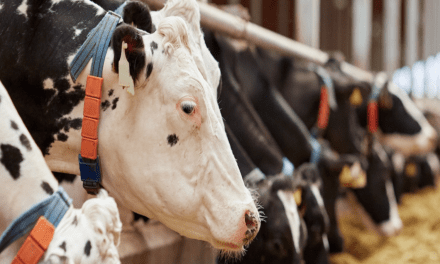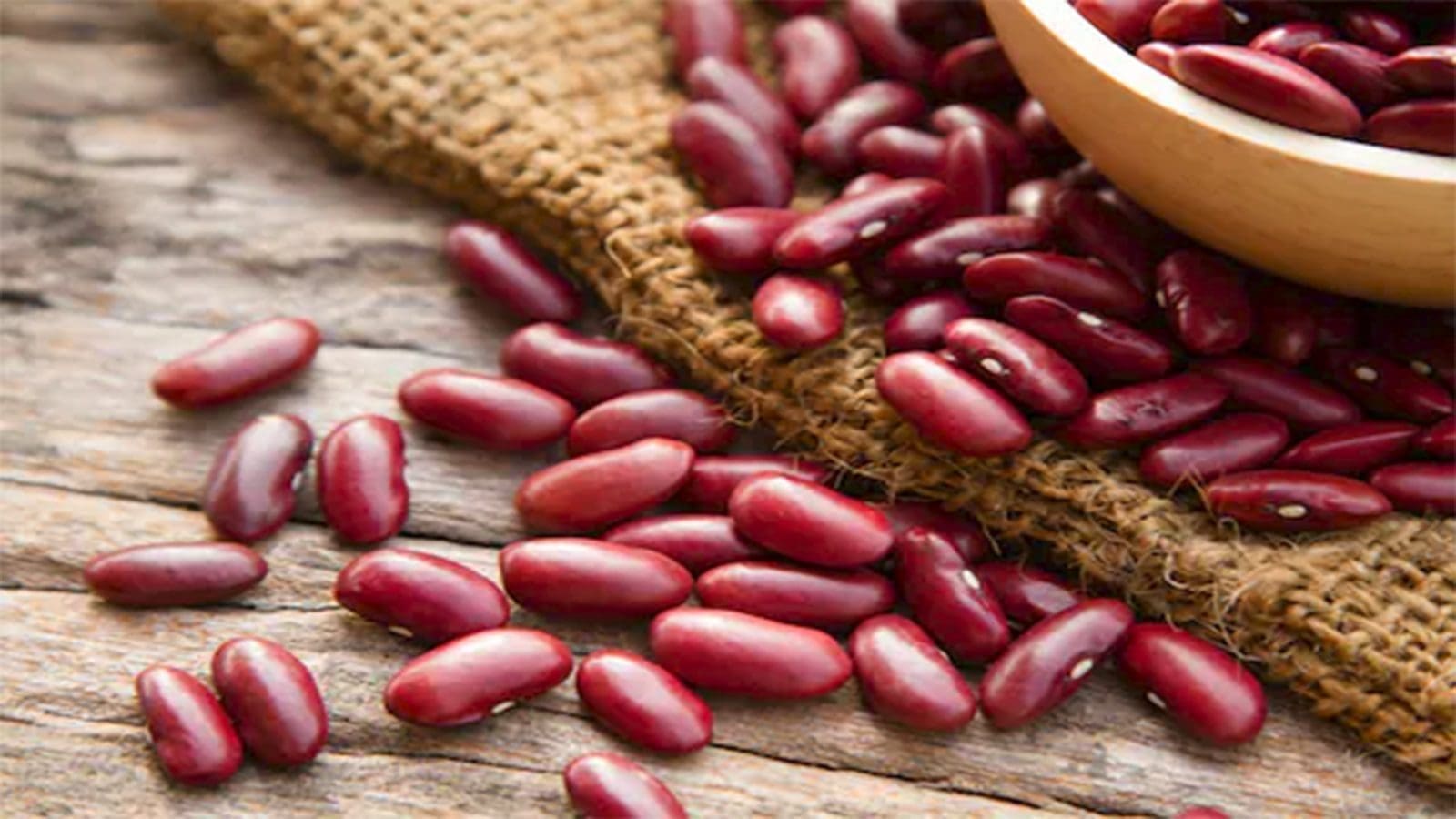GLOBAL – The Food and Agriculture Organization of the United Nations (FAO) and the World Health Organization (WHO) have recently published a report that provides guidance for the dairy industry on food-safe sourcing, use, and reuse of fit-for-purpose water.
Water is utilized for a variety of purposes, and the dairy industry uses a significant amount of first-use drinking water for cleaning, disinfection, and production processes.
The dairy industry offers significant possibilities for utilizing potential sources of reusable water.
In 2020, the 43rd session of the Codex Alimentarius Commission (CAC) approved the new work entitled “Development of Guidelines for the Safe Use and Reuse of Water in Food Production” proposed by the 51st session of the Codex Committee on Food Hygiene.
The Joint FAO/WHO Expert Meeting on Microbiological Risk Assessment (JEMRA) was tasked with supporting this work by offering expert guidance on the safe use and reuse of water in the dairy industry.
To provide clear and useful information on risk-based ways to assess and manage fit-for-purpose water source, use, and reuse in the dairy sector, JEMRA organized an online meeting from June 14 to July 2, 2021.
The study provides a summary of prospective sources of reusable water in dairy processing and considerations for its application.
Examples of water types that could potentially be sourced for reuse include water that was part of a dairy product or has come into a dairy operation in the form of drinking water and is recirculated until it is no longer suitable as drinking water.
Water that has been used for cleaning purposes in the food processing operation or other parts of a facility and water that is part of a dairy operation’s effluent can also be reused.
Whether reuse water is intended for or not intended for contact with food will determine if a reconditioning procedure is necessary prior to application.
In order to guarantee the final product’s food safety, the report emphasizes that every water reuse scenario, such as the combination of reusable water source and reuse water application, including specifics like recovery, reconditioning, storage, and distribution, must be carefully examined.
When creating and running a water reuse scenario, dairy companies should make reference to the pertinent regulatory requirements.
Water reuse and control should take into account particular conditions, such as the microbial status of the water source and the microbiological requirements associated with the reuse water application, in order to ensure the food safety of the finished product.
It is also important to take into account the ability to control potential hazards and the microbiological efficacy of the reuse water generation system, which is related to the combination of the technologies, equipment, and infrastructure employed for water recovery, reconditioning, and storage.
In addition, it should consider the need to consistently control the reuse water generation system and the application of the reuse water produced in the day-to-day operation, not forgetting the role of microbial testing for validation and verification in designing and managing reuse water generation and use, as well as the ability to apply appropriate testing approaches.
Establishing appropriate controls
Additionally, when assessing potential microbiological hazards and establishing appropriate controls for reuse water generation and use, FAO suggests taking into account the microbial hazards present in the possible reusable water sources, as well as hazards associated with other parts of the operation that could contaminate a reuse water supply after it has been produced
Manufacturers should take into account the nutrients present in a reuse water supply after recovery and reconditioning that may foster the growth of spoilage organisms or microbiological hazards and whether reuse water that has been recycled or recirculated multiple times in a specific process operation is leading to or has resulted in biofilm formation.
They should also ponder whether any particular measure for preservation of the product or for control of microbial growth is required over the set shelf-life of the reuse water supply.
In order to guarantee the final product’s safety, the report emphasizes that every water reuse scenario, such as the combination of reusable water source and reuse water application, including specifics like recovery, reconditioning, storage, and distribution, must be carefully examined.
Moreover, FAO accentuates the need to have available a backup fit-for-purpose water supply, such as a drinking water source, that can be used in case the reuse water generation system is not under control or has failed.
The report draws parallels between the management of water supply generation and controls for food safety, such as the significance of adopting a risk- and evidence-based strategy.
The validation of recovery, purification, or antimicrobial treatment requirements for each water reuse scenario is also crucial.
The reuse water generation process should be monitored daily while in operation, along with regular verification of its microbiological status. If necessary, the report advises using third-party contractors.
In conclusion, the report advises food business owners to adjust each water reuse scenario to the unique circumstances of their particular food operation.
They should take into account the goal of water reuse, readily accessible sources of reusable water, the reuse water generation system, and underlying processes, storage and shelf-life of reuse water supplies, the approach to managing reuse water generation and application, and the skills and expertise available to manage day-to-day the implemented water reuse scenario at the facility.
The research also reveals knowledge gaps and needed improvements in capacities and capabilities, particularly in low-resource settings, reports Food Safety Magazine.
Such gaps include among others, the understanding of the types and levels of microbial, physical, and chemical hazards potentially present in reusable water sources within dairy operations, as well as the ability to conduct an appropriate risk assessment and hazard analysis for a particular water reuse scenario
The report encourages international stakeholders to share information, knowledge, expertise, and other resources, particularly when it comes to establishing efficient systems for generating reuse water and implementing reuse water supplies in small to large dairy production and processing facilities.
For all the latest food safety news from Africa and the World, subscribe to our NEWSLETTER, follow us on Twitter and LinkedIn, like us on Facebook and subscribe to our YouTube channel.








